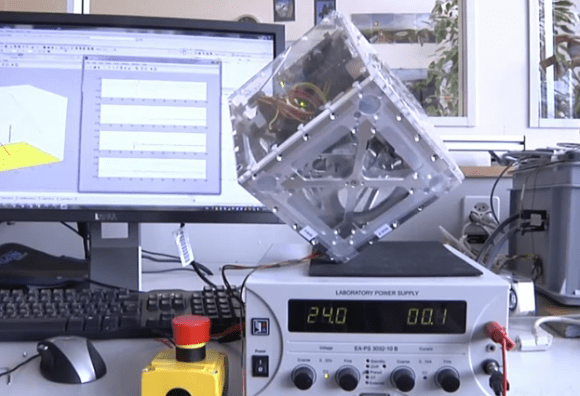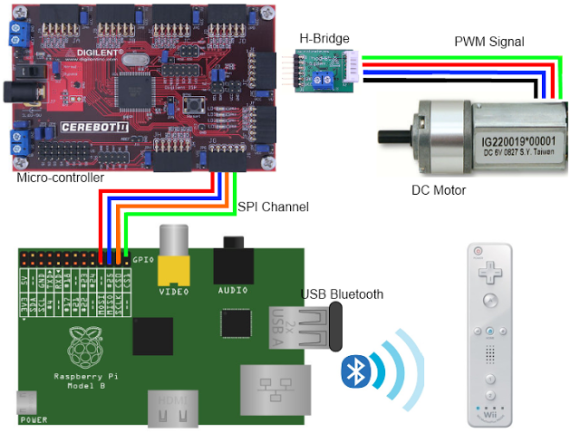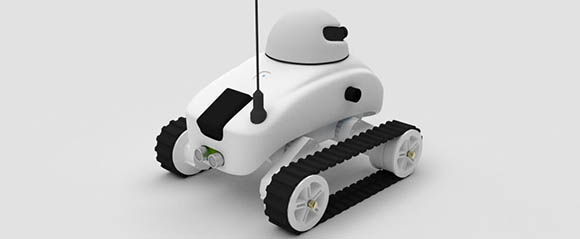
Meet Cubli, a research project which aims to make a cube that can walk around without using any appendages. It’s a research project at the Institute for Dynamic Systems and control in Switzerland. Anyone else thinking about our beloved companion cube right now?
The robotic experiments are based on angular momentum. Inside of the cube there are center mounted motors which each spin a wheel. Three of these are mounted perpendicular to each other to give the cube the ability to change its position along any axis. This is best shown by the first video after the break where just a single side of the assembly is demonstrated. A square frame starts at a rest position. You see the wheel spin up and it is suddenly stopped, which causes the momentum of the wheel to pop the square frame up onto one corner. The wheel then switches into a second mode to keep it balancing there. The final mode is a controlled fall. This theoretically will let the cube move around by falling end over end. So far they’re not showing off that ability, but the second demo video does show the assembled cube balancing on one corner.
















